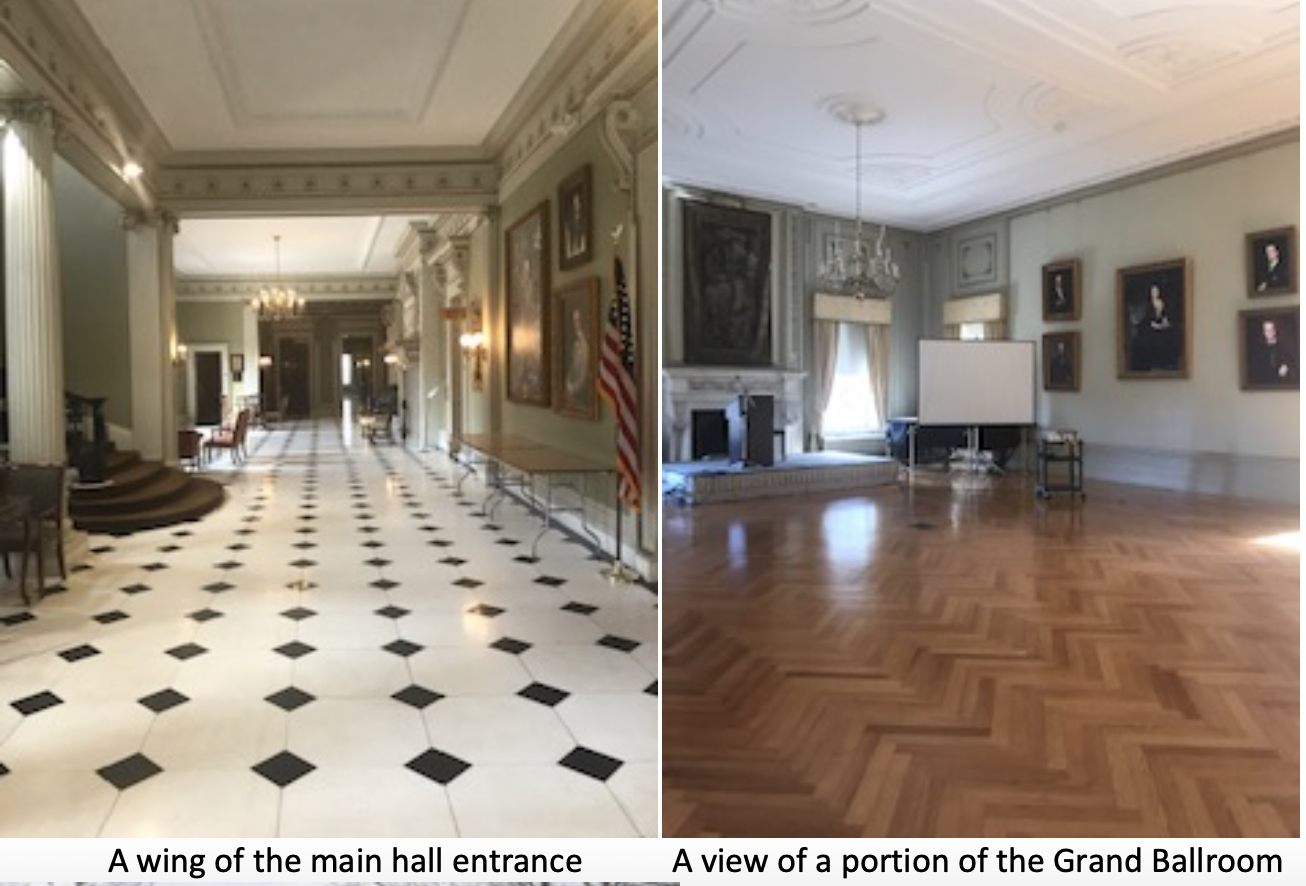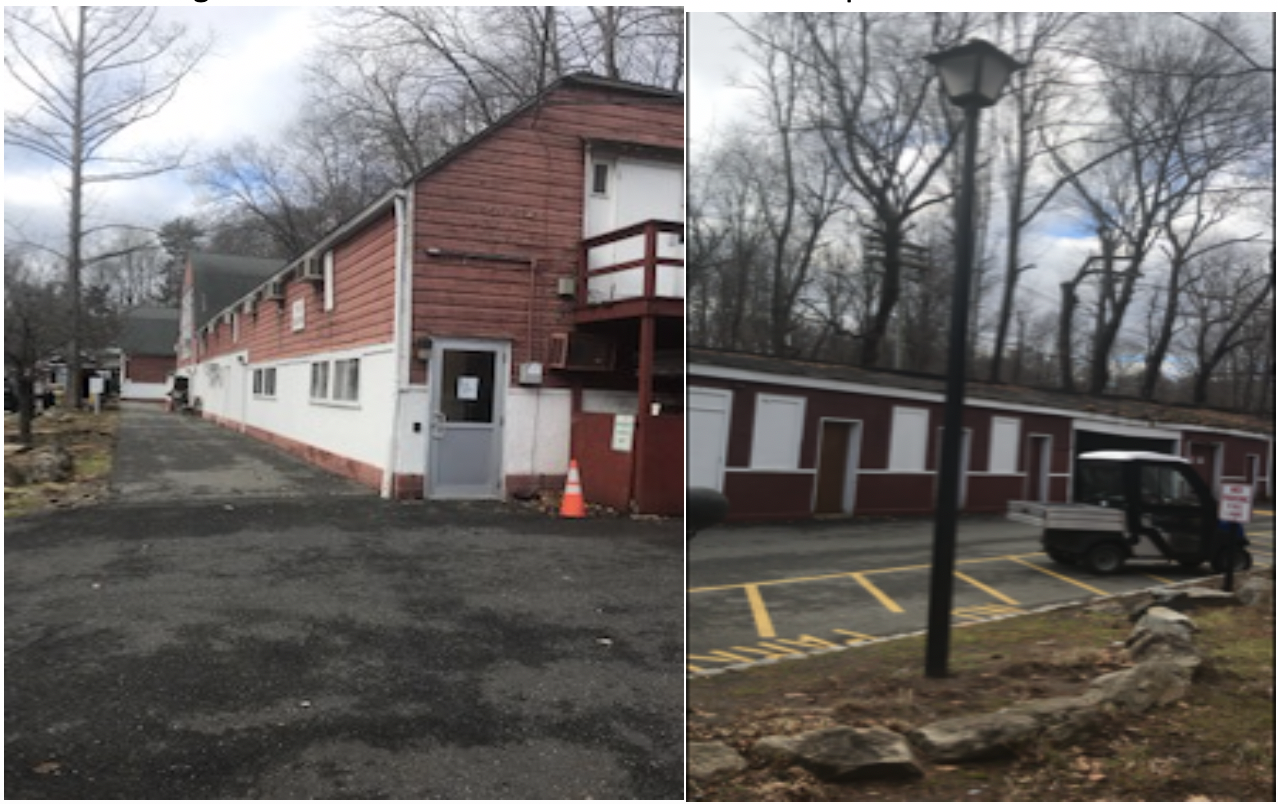This is a story of two Irish immigrants who came to America during a different era. Thomas Lynch was from Clonmore, County Meath, and Ellen (Nellie) McGeever was from Doocastle, County Mayo.
Around 1914, during the heart of the Progressive Era, America was rife with turmoil, social activism and political reform from which would soon emerge America’s middle class. Yet even then the embers of the Gilded Age glowed brightly in areas where families of enormous wealth played out their lives of regal excess. During the Gilded Age, the wealthy elite built impressive country estates at which they entertained the rich, famous, and powerful figures of the day.

The Florham Estate in Madison, New Jersey, was one such home. Built between 1892 and 1899 by Hamilton Twombly and his wife, Florence Vanderbilt, the Florham mansion was the 8th largest home in America. Today the estate is a beautiful college campus, but around 1914 the Florham Mansion was still a mecca of high society.
By contrast, Ireland around 1914 was a fairly dismal place, especially in the countryside where prospects for a better life were nil and subsistence living was the norm. Ireland was still under British rule and the “Irish Question” hung in the air. That question was about how to transform these brutally subjugated people into a semi-autonomous country after nearly 800 years of British rule. Many of the Irish youth couldn’t wait for the answer. They hitched their fate to the “American Dream” and boarded ships to the United States. My future grandparents were among those young dreamers. Nellie McGeever from County Mayo on the west of Ireland and Thomas Lynch from County Meath in the east set sail for America not knowing each other and not knowing what to expect when they got here.
It wasn’t until my second semester at Fairleigh Dickenson University in 1972 that my father casually mentioned how ironic it was for me to be walking the same grounds where my grandparent met. He told me my grandmother was a cook and my grandfather a chauffeur for the Twombly’s. My aunts later confirmed this as true. I have pieced together a bit more history since, but never felt a real sense of that family history until my sister and I went to see the mansion this January.
My grandfather, Thomas Lynch, was born in 1891, one of thirteen children of Peter Lynch (b.1846) and Catherine Cusick (b.1862). His passage to America was preceded by several of his older brothers who rented a house at 4 Albert Avenue in Morris Township. Ironically, many years later my father would use his GI bill from WW II so his parents could buy that home where they lived the rest of their lives. It was the home my family visited often when I was a boy.


On February 23, 1919, Thomas and Nellie married at the Church of the Assumption in Morristown. Their attendants were Thomas’s brother John Lynch and Nellie’s sister Hanorah (Nora) McGeever. One day in late January or early February of 1920, Thomas and Nellie boarded a White Star-Dominion Line ship named “The Baltic” to returned to Ireland where they planned to raise a family. Nellie's sister Nora McGeever was also on board heading back to Ireland with them. The couple arrived in Liverpool, England on the 9th of February, 1920, but sadly, Nora died on board the ship five days earlier.

Thomas and Nellie settled in a small cottage located on a “bohereen,” (Irish: bóithrín, meaning "a little road", is a country lane) near the little village of Kildalkey, County Meath. There they had my father, Peter, and four girls, Nora, Kathleen, Rosie and Elizabeth.
[http://www.kildalkeyvillage.com/gallery.html#pic25]
When my sister Patty and I were young, grandpa was a somewhat short old man with thick white hair and piercing blue eyes. He always wore trousers, suspenders, a white shirt and a vest where he kept his silver pocket watch on a long chain. He smoked a pipe and he had such a thick Irish brogue that I sometimes couldn’t understand him. He kept beautiful flower beds in the backyard and carefully tended his rose bushes by the white rail fence out front.
But granny was always the central figure. She was a bit plump with soft round features that belied her underlying strength of personality. She always wore long flowered dresses and shoes with thick, short heals. She never wore shorts or pants. She had dark grey hair kept under a hair net. She was the center of activity, which often involved food. Watching her moving about in her kitchen was my favorite pastime during visits. She would put on a clean linen or a flowered apron and move around so quickly and easily it was like a dance. She was organized and never unsure of what she had to do next. When she made Irish Soda bread she measured everything by eye or by feel and made it look quick and easy. She whipped up custards and soufflés and made different sauces for the meats and vegetables she served during the holidays. Her cakes and desserts were beautiful and tasted amazing. Little did my sister and I know that this wasn’t typical Irish fare.
Our January visit to the Twombly mansion in 2019 was my sister’s first. Her enthusiasm was infectious. We walked around the elegant hallway, stared at the portraits and marveled at the Grand Ballroom. Patty wanted to see the kitchen but I had no idea where it was. She walked into one of the offices and met Mark, who works there. She introduced us as the grandchildren of two former servants which prompted him to tell us about the building and the times when they had worked there.

Mark told us how to find where the kitchen had been and about all the other rooms we would visit as we walked about. We learned that the barn-like building where our grandparents lived was still standing behind the Science Center. Across from it still stands a row of garages where twelve maroon Rolls Royces and other automobiles were kept. My grandfather would have worn a matching maroon livery uniform when he drove those cars. He told us there was once a tunnel between the servant’s quarters and the basement of the mansion where my grandmother and other servants would walk back and forth so they wouldn’t be seen on the grounds of the Estate.
Perhaps most surprising of all, we learned that Nellie Lynch worked under the wealthiest and most famous private chef in the world. Joseph Donon was a world renown chef who once fought for France during World War I. He was hired by Mrs. Twombly in 1917 to fulfill her request to give her “the best of the best.” He replaced most of the kitchen staff and hired his own workers who were loyal to him. Nellie may have stayed on because we have never heard of her working anywhere else before she married Thom.
Our recent visit to the Florham Estate made our family history come alive. We have a better idea of who these two immigrants and the social influences that help mold them.

 The red building to the left is where the servants lived on the Twombly Estate. Directly across the driveway is a long row of garages where The Twombly’s many cars were stored and maintained.
The red building to the left is where the servants lived on the Twombly Estate. Directly across the driveway is a long row of garages where The Twombly’s many cars were stored and maintained.
A picture of the mansion and grounds that was taken about a third of the distance to the servant’s quarters. A tunnel under this area allowed the servants to enter the home without being seen.
No comments:
Post a Comment
Please feel free to comment or make suggestions